





9 myths about a carcinoma cutaneum
Scientists have no unambiguous opinion on a proximate cause of emergence of a carcinoma cutaneum today. Only the factors promoting development of this illness are precisely established. Treat them: long impact on skin of ultraviolet rays, radiation exposure, thermal injuries, injuries of skin by aggressive chemicals (pitches, acids, alkalis, etc.), genetic predisposition (existence of malignant new growths of skin in the family anamnesis), reception of the medicines suppressing immunity, and also mechanical damage of birthmarks (nevus) and birthmarks.
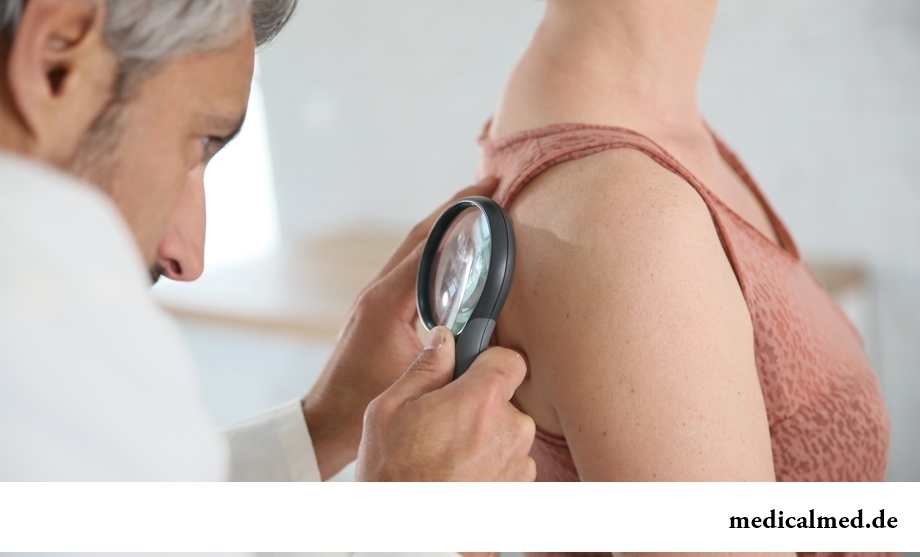
Despite wide circulation of a carcinoma cutaneum (diseases of this kind make about a half of cases of oncological illnesses in the world), most of people poorly imagine specifics of a disease and ways of its prevention. Many household ideas of a carcinoma cutaneum have nothing in common with reality. Let's consider the most known of delusions.
The carcinoma cutaneum threatens only elderly people
About 50-70 years ago such statement reflected a real situation, but since then the carcinoma cutaneum strongly "rejuvenated". Today it wins first place among oncological diseases which diagnose for people of 26-30 years, and the second place among malignant new growths which are suffered by young men and girls aged from 15 up to 25 years.
Some specialists consider that prevalence of a carcinoma cutaneum among youth is influenced by such factor as growth of availability of travel to tropical countries including for the purpose of beach rest. On these trips people whose organism is genetically not programmed on such loadings receive a huge number of ultra-violet radiation which, in combination with the sea water which is drying up skin becomes a major factor of risk of development of a tumor.
Artificial insolation is safer for skin, than sunshine
Extremely dangerous delusion which can be the cause of growth of cancer cases of skin among young people too. The matter is that unlike natural insolation, impact which create artificial installations on 98% consists of a range of UV rays, dangerous to skin. Especially strongly fans of sunbeds which receive artificial solar bathtubs regularly risk. It is proved that such procedures which are carried out once a month within 10 years increase probability of emergence of a carcinoma cutaneum by 50%. Even single visit of a sunbed can be dangerous if the person has the friend risk factors.
The carcinoma cutaneum is incurable
It is incorrect. As well as at the majority of oncological diseases, the probability of treatment is from a carcinoma cutaneum in direct dependence on that, treatment will be how fast begun. The melanomas and bazalioma diagnosed at an early stage recover completely in 98% of cases. For the educations diagnosed at later stages of development, the probability of treatment decreases to 70-75% that, however, too is quite high rate.
The melanoma surely is followed by modification of birthmarks
In four of five cases the melanoma arises not from the regenerated birthmarks, and on sites of skin, free from them. Nevertheless, it is considered that existence of a large number of a nevus doubles risk of development of malignant new growths of skin. Therefore the people having such feature have to examine periodically the birthmarks, revealing changes of their sizes, forms, colourings, character of a surface and other parameters.
In order to avoid troubles it is necessary to visit the dermatologist regularly. At the same time it is very important that the patient belonging to risk group was constantly observed by the same doctor. Frequent change of doctors can lead to the fact that changes of a nevus will remain unnoticed.
Removal of all birthmarks excludes development of a carcinoma cutaneum
To delete a nevus to avoid emergence of a carcinoma cutaneum, senselessly. Operations such do not reduce risk of development of a disease, and they should be seen off only according to the recommendation of the doctor.
People who never burn in the sun are not ill a carcinoma cutaneum
Ability of an organism to produce the dark pigment protecting from insolation is developed at people in various degree. For those whose skin has lighter shade, risk to get a sunblister it is very high, and such events really increase probability of development of malignant new growths in the future. Nevertheless, existence of swarty skin which does not burn does not guarantee at all that the person will never develop cancer. Illnesses of this kind are diagnosed in all countries for the people belonging practically to all ethnic groups.
Sun-protection creams provoke development of a melanoma
The security measure from solar insolation should be selected competently. It has to correspond to phototype of skin and not appeal allergic reactions. However, even not absolutely good choice of cream does not bear any risk of development of a carcinoma cutaneum. Certainly, this is not about doubtful means in which structure unfair producers quite often include chemical ingredients hazardous to health (including not having the state certification). The sun-protection creams acquired from reliable suppliers are usually harmless.
Other important aspect of protection against UF-radiation is the correct use of cosmetics. The user has to remember that any sunblock cream does not work longer than two hours. At the same time it blocks up to 90% of the radiation, dangerous to skin. Therefore you should not count on reliable protection throughout the day if you apply cream on skin once since morning.
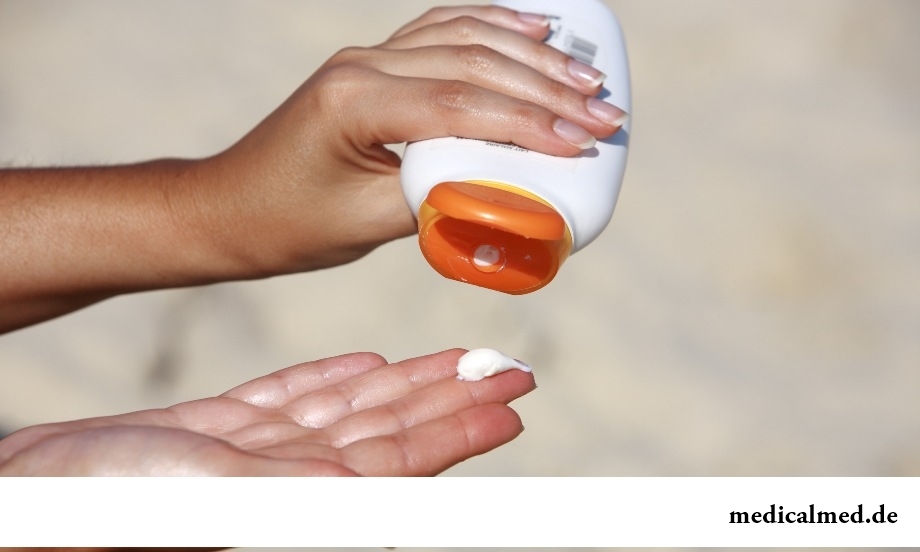
In cloudy weather protection against the sun is not necessary
Clouds detain a considerable part of heat energy of the Sun, but they are pronitsayema for UV rays. Therefore putting sunblock cream on open sites of skin is absolutely necessary in any weather.
Laser removal of birthmarks is more preferable surgical
We already said that it is necessary to delete only those birthmarks which the dermatologist considered suspicious. Operation with use of the laser in this case has only one plus: after it there is no cosmetic defect left. From the point of view of preservation of health laser removal of a nevus can be not only useless, but also dangerous as it completely excludes a possibility of an intake of fabrics for the subsequent research. It means what to define whether the remote birthmark underwent regeneration, it will already be impossible, and the person will not receive necessary treatment in time.
According to recommendations of specialists of WHO, any nevus which is removed on suspicion on pathological changes has to be excised in the surgical way with the subsequent transfer of material to histologic laboratory.
The carcinoma cutaneum is considered one of those oncological diseases which are the simplest for preventing. There is enough of fact that the first symptoms of an illness can be noticed visually. Suspicious education easily and quickly is removed, and the histologic research allows to draw at once a final conclusion on its nature and to appoint adequate treatment. Besides, a lot of things depend also on the person: action of the majority of risk factors can be minimized. It is necessary to behave only competently (to use protective equipment, not to be fond of solar bathtubs, to avoid contacts with dangerous chemicals, etc.), and also to regularly be inspected and follow advice of the dermatologist. It will help to reduce probability of development of an illness, and in case of its emergence – to recover.
Having fallen from a donkey, you more likely will kill yourself, than having fallen from a horse. Only do not try to disprove this statement.

Let's begin with the fact that a separate illness which is called "adjournment of salts", just does not exist. In practice this household name of plank beds...
Section: Articles about health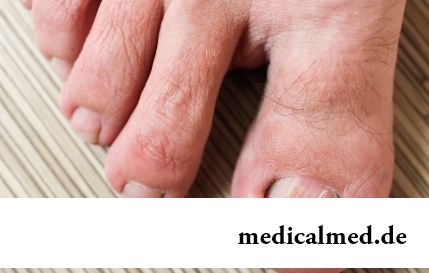
The word "onikhokriptoz" is unfamiliar to most of people, meanwhile quite so physicians call very widespread problem: the growing of edge of a nail into surrounding fabrics causing inflammatory process. Usually the illness affects thumbs of legs, and is followed покр...
Section: Articles about health
Life activity of one-celled fungi of the sort Candida, related to yeast is a proximate cause of development of candidiasis (milkwoman). Normal these microorganisms are a part of the microflora living in an oral cavity and intestines of most of people and also in a female genital tract. The pathological phenomena are observed when fungi begin to breed too violently. At the same time there is an inflammatory process affecting mucous membranes and which is shown very nepr...
Section: Articles about health
Such trouble as the milkwoman's attack, at least once in life happened almost to each woman. Prevalence забол...
Section: Articles about health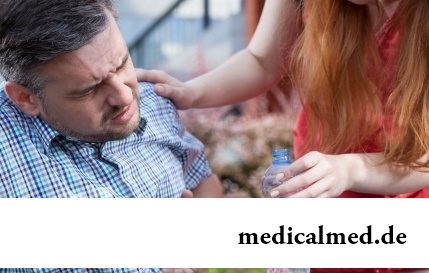
Each of us faces from time to time that other people need the immediate help. We react to it differently: one at once call doctors and police, others rush to victims and try to save them independently. Some at all...
Section: Articles about health
Reactive pancreatitis - the disease which is characterized by inflammatory process in a pancreas which arises most often because of excess activity of digestive enzymes. It − the emergency state which treatment has to take place in surgical department under control of doctors. The acute inflammation of gland can become the reason of its transition to a chronic form, and also development is purulent - necrotic pancreatitis which the extensive necrosis of fabrics can follow. Zabolev...
Section: Articles about health
The problem of diagnosis was and remains to one of the most important in medicine. From that, the reason недо will be how precisely defined...
Section: Articles about health
Maternal milk is the best food for the newborn. It is the unique natural product containing an optimum set of nutrients, and which is best adapted in order that the baby normally developed and it was protected from harmful fa...
Section: Articles about health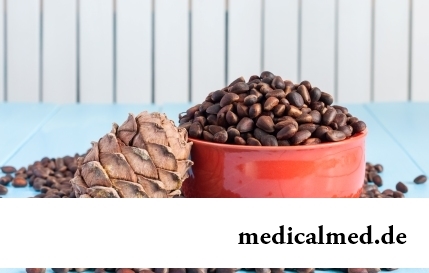
The hysteromyoma is diagnosed more than at a third of women 35 years are more senior. This high-quality new growth which at early stages successfully resolves by means of medicines. It is necessary to resort to an operative measure only when patients too late address specialists, or therapeutic methods do not give the expected effect because of specific features of an organism. Besides, there is a large number of quite effective national...
Section: Articles about health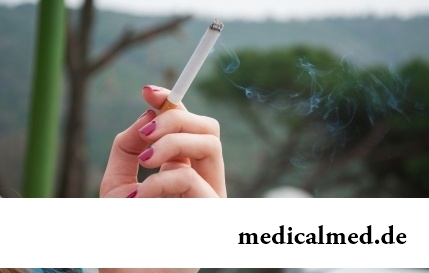
Statistically, in Russia about 34% of citizens smoke. Most of consumers of tobacco has problems about health sooner or later...
Section: Articles about health
All are familiar with cold, and practically everyone believes that he has sufficient knowledge and experience that correctly to treat it. In practice most of people makes mistakes in attempts to get rid of rhinitis, and divides numerous delusions it....
Section: Articles about health
Epilepsy is one of widespread neurologic diseases. Parents, whose children suffer from this illness, should face rumors and delusions, many of which remained since the Middle Ages....
Section: Articles about health
Modern footwear is extremely various. It stopped being only protection for legs long ago. Today shoes, boots, barefoot persons in...
Section: Articles about health
The stroke is one of the most widespread diseases of the person, annually in the world about 6 million cases of this pathology are registered. According to medical statistics, strokes occur almost three times more often than myocardial infarctions. Disease otno...
Section: Articles about health
Obesity is called a disease of 21 centuries, for the last 100 years the number of the people suffering from excess body weight considerably increased. Statistically, on Earth already about 1,5 billion corpulent people, and 500 million from them have the extreme degree of completeness negatively affecting quality and duration of their life. What served as the reason of growth of stout persons on the planet? How not to get to their ranks? Let's consider five main premises for increase in body weight in conditions современнос...
Section: Articles about health
Women quite often suffer from complexes concerning the sizes of the bust. Strangely enough, reason душевног...
Section: Articles about health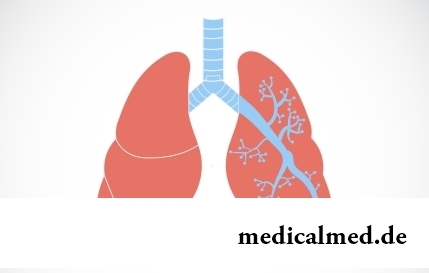
They say that to ensure health and longevity of people it is obliged. Really, at competent approach to these questions, minimization of an adverse effect of many factors does not represent a special problem. Practically everyone has an opportunity to play sports...
Section: Articles about health
Residents of big cities quite often have a disease which is known as the syndrome of chronic fatigue (SCF) today. This illness affects the people belonging to various social and demographic groups and living on all continents. Most of all SHU are subject women aged from 25 up to 45 years. Statistically, the number of cases fluctuates in the different countries from 10 to 37 people on 100 thousand, but specialists believe that these figures are significantly underestimated as people, страдающ...
Section: Articles about health
The climax, or menopause is the normal process of the termination of genital function of the woman which is followed serious hormonal...
Section: Articles about health
Proofs of efficiency of Mildronate at treatment of coronary heart disease with stenocardia can be found in many publications of the end of the twentieth century. Researches were conducted since 1984, including placebo - controlled effects. In total клиничес...
Section: Articles about health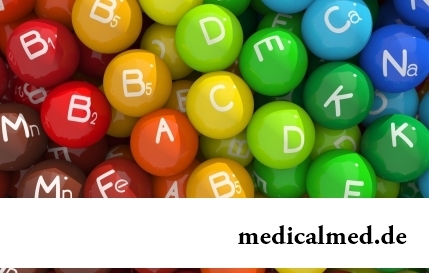
Vitamin complexes belong to the most popular drugs, probably, in our country there is no person who was not hearing about advantage of vitamins and never their accepting. The more vitamins, the better, we consider and as it appeared, cruelly we are mistaken. Whether vitamins, whether so harmlessly general hobby for polyvitaminic complexes and whether it is possible to do without them are so useful? Let's try to understand....
Section: Articles about health
The naturopathy sometimes moves as the new direction of medicine, something like fashionable hobby, and there is nothing farther from the truth....
Section: Articles about health
The state of health of the person in many respects depends on chemical composition of biological liquids of an organism. Specialists consider that PH value of these solutions has to be in range of 7,35-7, 45. A deviation in the smaller party (so-called "acidulation") to a chra...
Section: Articles about health
Bulimia and anorexia, are heavy deviations of a feeding behavior, become a cause of death of patients much more often than all other nervous breakdowns combined. In 60% of cases two illnesses accompany each other: patients feel horror before danger of set of excess weight and try to refuse as often as possible food, but periodically suffer from attacks of sudden hunger and an uncontrollable overeating. Each patient with anorexia and bulimia needs the help qualified пс...
Section: Articles about health
The cosmetics intended for improvement of a condition of skin, nails and hair are used by each woman. Expenses on регуля...
Section: Articles about health
Dark circles (bruises) under eyes – a shortcoming with most of which often fight against the help of cosmetics (proofreaders, saloon procedures and so forth), eliminating only its visibility. However, according to doctors, skin around eyes – the indicator of many disturbances in an organism...
Section: Articles about health
Feeding by a breast - the integral part of ideal motherhood allowing to come into contact with the kid and to create to it healthy immunity since early years. Nevertheless, this important process in life of mother and child can be saddened laktostazy − by a milk delay in a mammary gland. What main reasons for a laktostaz? How not to allow problems with breastfeeding? Let's consider 10 premises resulting in stagnation of milk at the nursing mother....
Section: Articles about health
